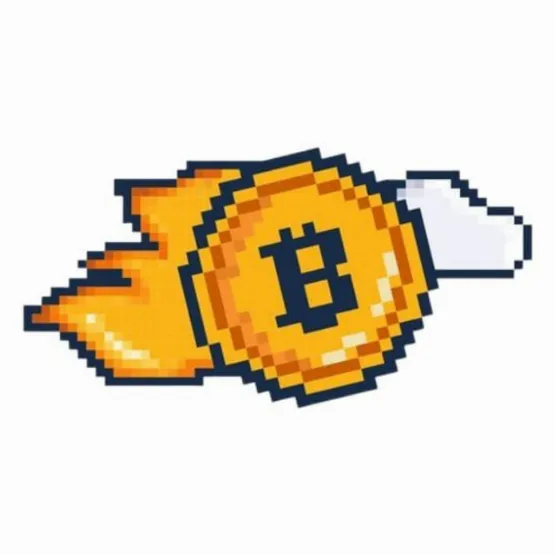Ethereum, the second-largest cryptocurrency by market capitalization, has reached a significant milestone: its median gas fees have dropped to 1.9 gwei, marking the lowest level since mid-2019. This sharp decrease, nearly a 98% drop from the year's peak of 83.1 gwei in March, has ignited discussions about its implications for Ethereum's network economics and long-term sustainability.
Record Low Gas Fees
Low-priority transactions, typically processed within about 10 minutes, are now priced at just 1 gwei, or roughly seven cents. This reduction in fees extends beyond Ethereum's mainnet to its Layer 2 (L2) scaling solutions. Data from Gasfees.io shows that average fees on networks like Optimism, Base, Arbitrum, and Linea are currently below $0.01. The significant fee reduction can be partially attributed to the introduction of blob-based transactions with the Dencun upgrade in March. This upgrade has led to a substantial increase in transaction volumes on Layer 2 solutions due to the lower associated fees. Further, according to L2beats data, prominent Layer 2 networks such as Base and Arbitrum are now processing more transactions per second than Ethereum itself. Over the past day, Base handled 39.80 transactions per second (TPS), while Arbitrum managed 17.28 TPS, compared to Ethereum’s 12.17 TPS.
Economic Implications
While lower gas fees benefit users in the short term, they threaten Ethereum's economic model, according to reports. Historically, Ethereum's fee structure has played a crucial role in its deflationary narrative. However, the recent decline in fees has undermined this narrative. According to Fidelity, the second quarter of the year saw the highest level of Ethereum inflation to date. Analysts at the firm predict that more inflationary quarters may follow if the current trends continue. Data from Ultra Sound Money indicates that only 7,729 ETH tokens were burned over the past week, while 18,064 tokens were issued during the same period.
Calls for Increased Layer 1 Activity
In response to these trends, some community members are advocating for increased Layer 1 activity. Martin Köppelmann, co-founder of Gnosis, has suggested that raising the gas limit on the mainnet could be a strategic move to boost base layer usage, despite the current low fee environment. > "IMO Ethereum needs to get more L1 activity again, and even if it sounds counterintuitive at such low rates, raising the gas limit can be part of a strategy,". With fewer ETH being burned and an increasing supply of ETH, the need to balance the network’s economic model becomes more pressing. Köppelmann further emphasized that a base fee of around 23.9 gwei would be necessary to offset the rewards from staking and maintain economic stability.
The drop in Ethereum's gas fees has significant implications for its economic model and long-term sustainability. These changes highlight the need for adaptive strategies to maintain balance within the ecosystem. Expert opinions and community leaders suggest various solutions, including increasing the gas limit on the mainnet to boost activity.







Comments